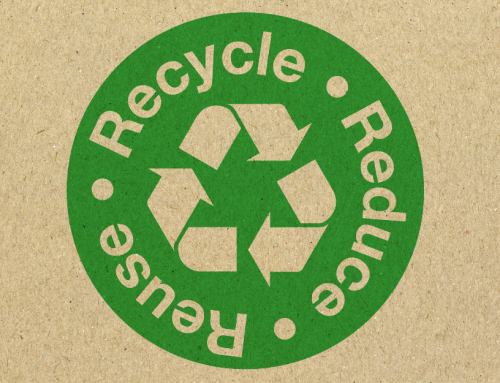If you are have a new product idea, starting up a business or generally just want to know more about the plastic injection moulding process, then read on!
By this stage we have covered how to get started, you have your mould and you are ready to start the custom plastic moulding process.
This guide will help you understand the various steps involved with plastic injection moulding and how Moreton Corporation is here to help.
1. Clamping Your Product Mould
Once your mould, cast or die has been created, the very next step is to fit it to the machine and clamp it shut. This stage is where the pieces of metal that make up the mould close together. The key is to create the right amount of pressure to allow the plastic to be injected, without too much waste and then cooled down.
2. Plastic Material Injection
Once you clamp the mould shut, it is time to inject the die or metal mould with your chosen plastic materials. To learn what plastic is best used in the injection moulding process please see our other article called – The best materials for plastic injection moulding.
When the melted plastic enters the empty space in the mould, the air is displaced and escapes through specially designed vents.
You can find these vents along the parting line and within the injection pins, and they are one of the most vital aspects of the Brisbane plastic injection moulding process. It is what allows you to fill the moulds correctly and without gaps and air bubbles.
You can inject the molten plastic material into the mould through a ramming device or screw that applies sufficient pressure. After you fill the mould, the machine must exert additional pressure to confirm that it is full. This process is called dwelling and uses mechanical or hydraulic pressure.
3. The Plastic Cools
Now we have a mould full of plastic resin and it’s now beginning to cool. Enough time must be allotted for the material to harden, this can vary depending on how big the mould is and the type of plastic material or resin chosen. Similarly, the thickness of the product being made will affect the time needed for it to cool also.
Every mould is equipped with internal cooling lines to keep it at a consistent temperature, and the water that is passed through them helps cool down the plastic.
4. The Resin Plasticizes
Next comes plasticizing the resin. When the plastic part is cooling down, the barrel screw will retract and draw in new plastic resin. The temperature requirements will vary depending on the materials used, but regardless it is maintained by the heater bands in the mould.
5. Product release
The ejection step is where you can finally open the mould to see your finished product. When this happens, the ejector rod pushes the ejector pins forward, causing the part or newly formed product to fall out. The pieces are caught in a collection bin located below the mould.
At this point, you have successfully created the plastic product you designed! This has to be the most exciting part of the whole process.
6. Final Packaging
If you are creating products in different colours once the run has finished or the required quantity has been made you must remove the runner so that the process can start up all over again in the next colour.
The runner is the method by which the plastic fills the mould, and you must separate the machines periodically to take out leftover materials. Often these runners are ground up to be recycled, further minimising costs, and the environmental impact of plastic injection moulding.
Moreton Corporation is your on-shore Brisbane Plastic Injection Moulding Company
Although understanding this process is not necessary in creating your product it sure is interesting. When you partner with a Brisbane plastic injection moulding company like Moreton Corporation, we are happy to have you on site and take you through the process.
We have more than 20 years of experience helping our clients create high-quality plastic products. Customer satisfaction is our top priority, and we want the entire custom injection moulding process to be smooth and seamless.
Contact us today to learn more about how we can help you use plastic injection moulding to manufacture your products!





